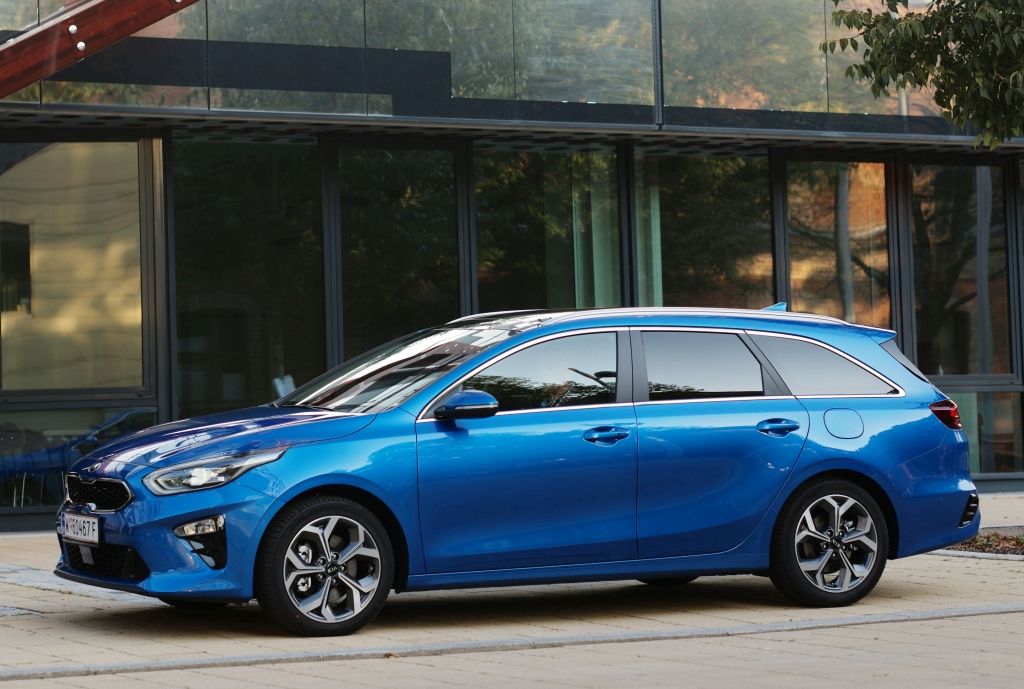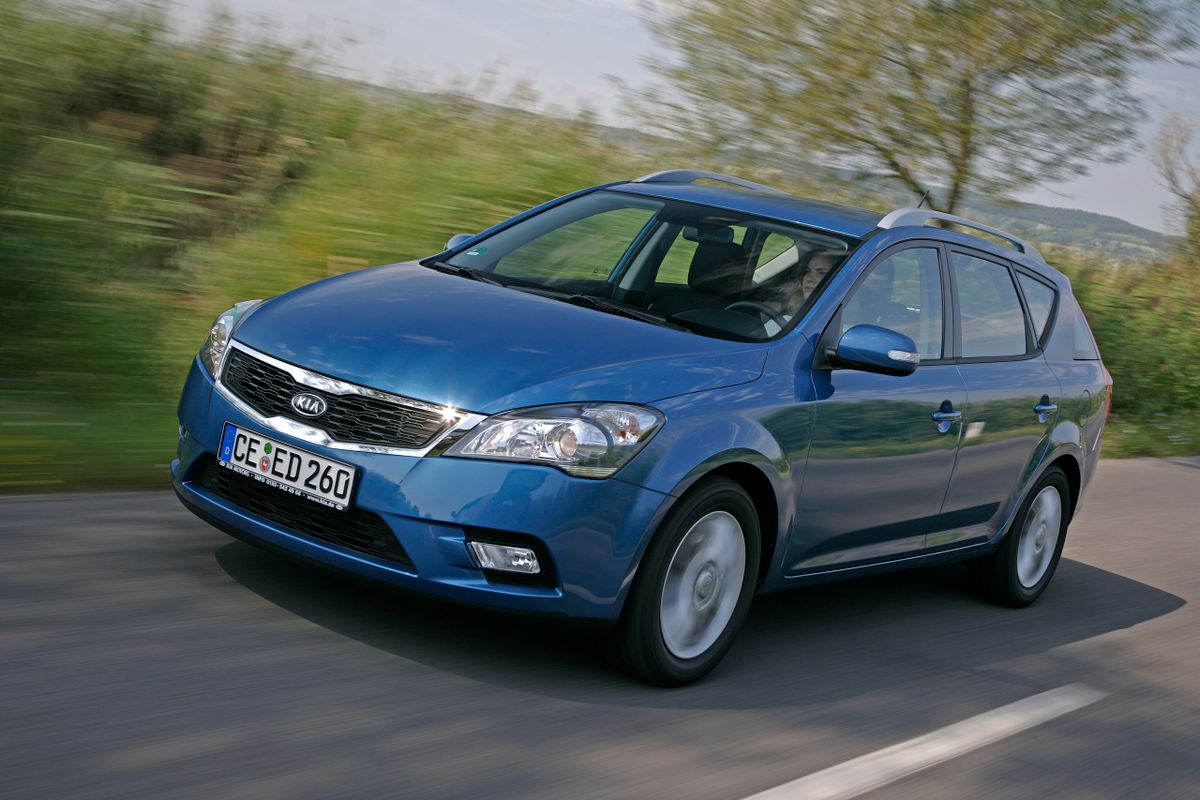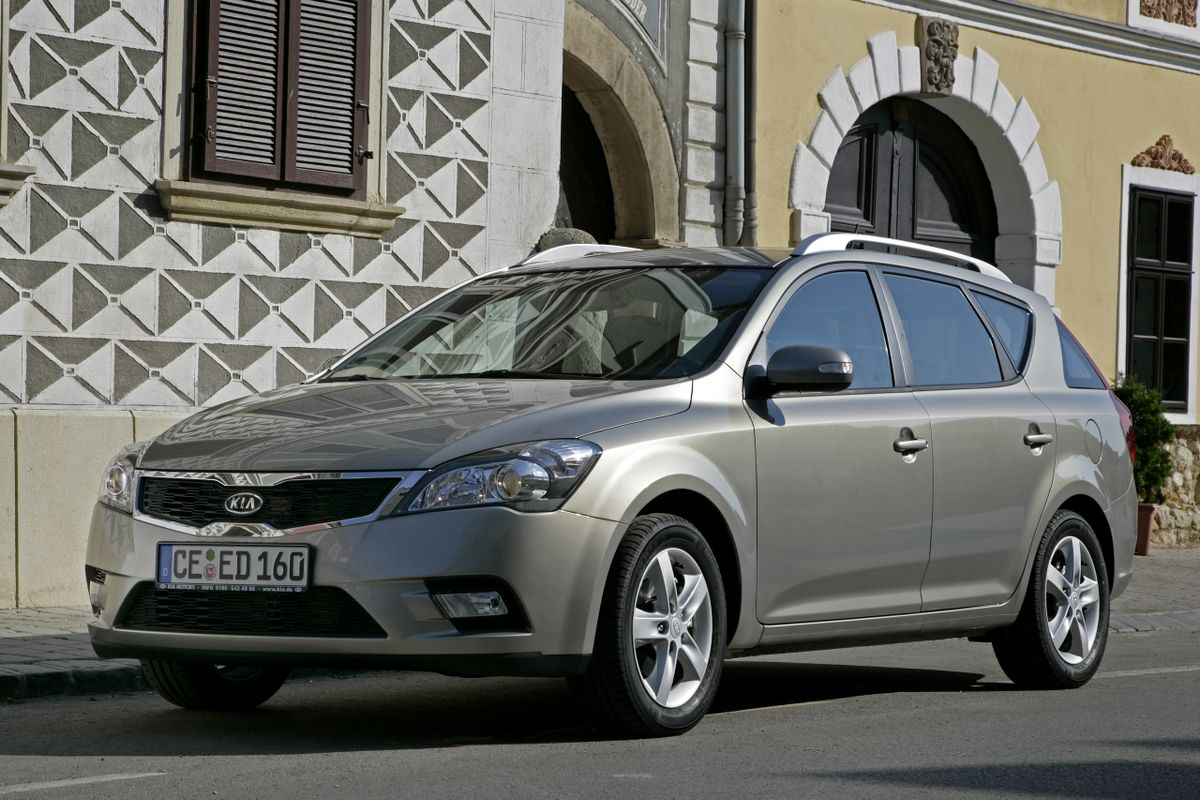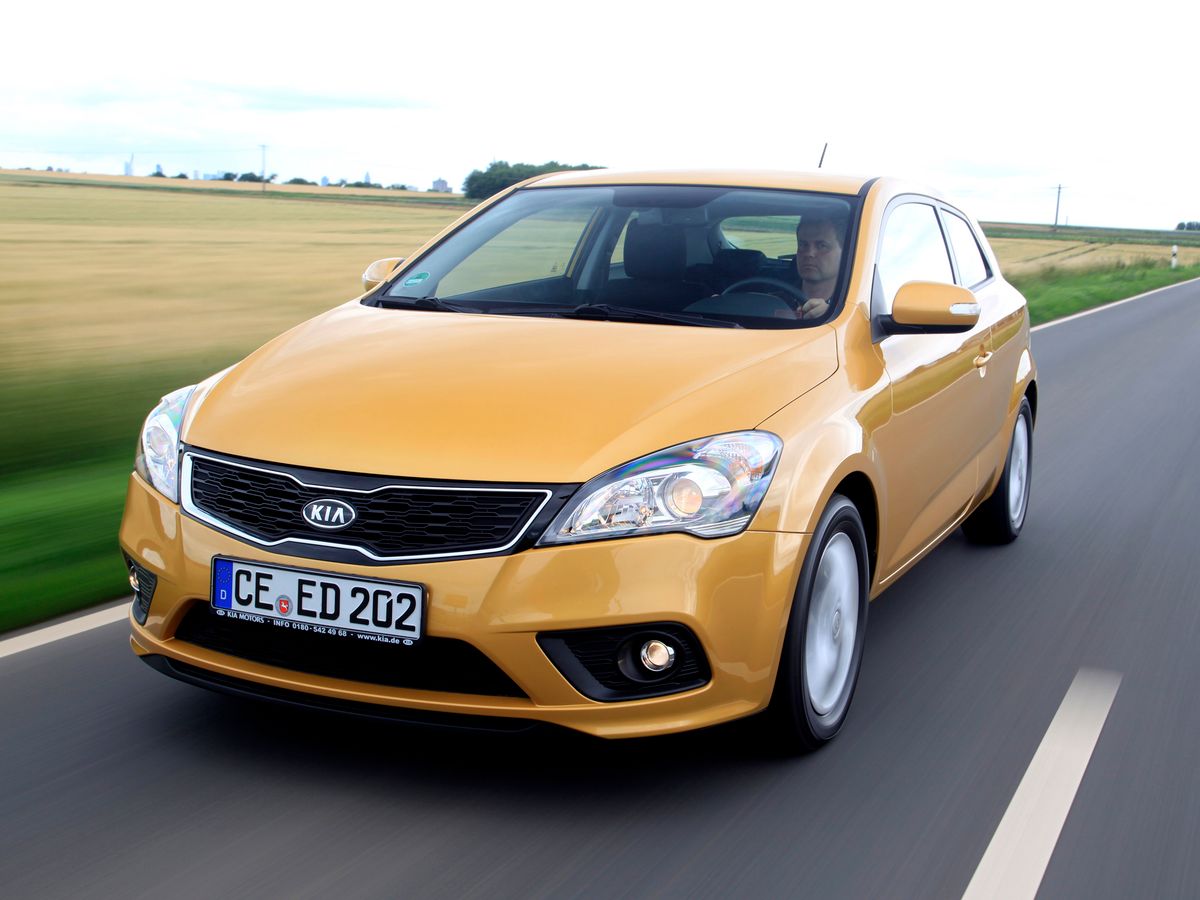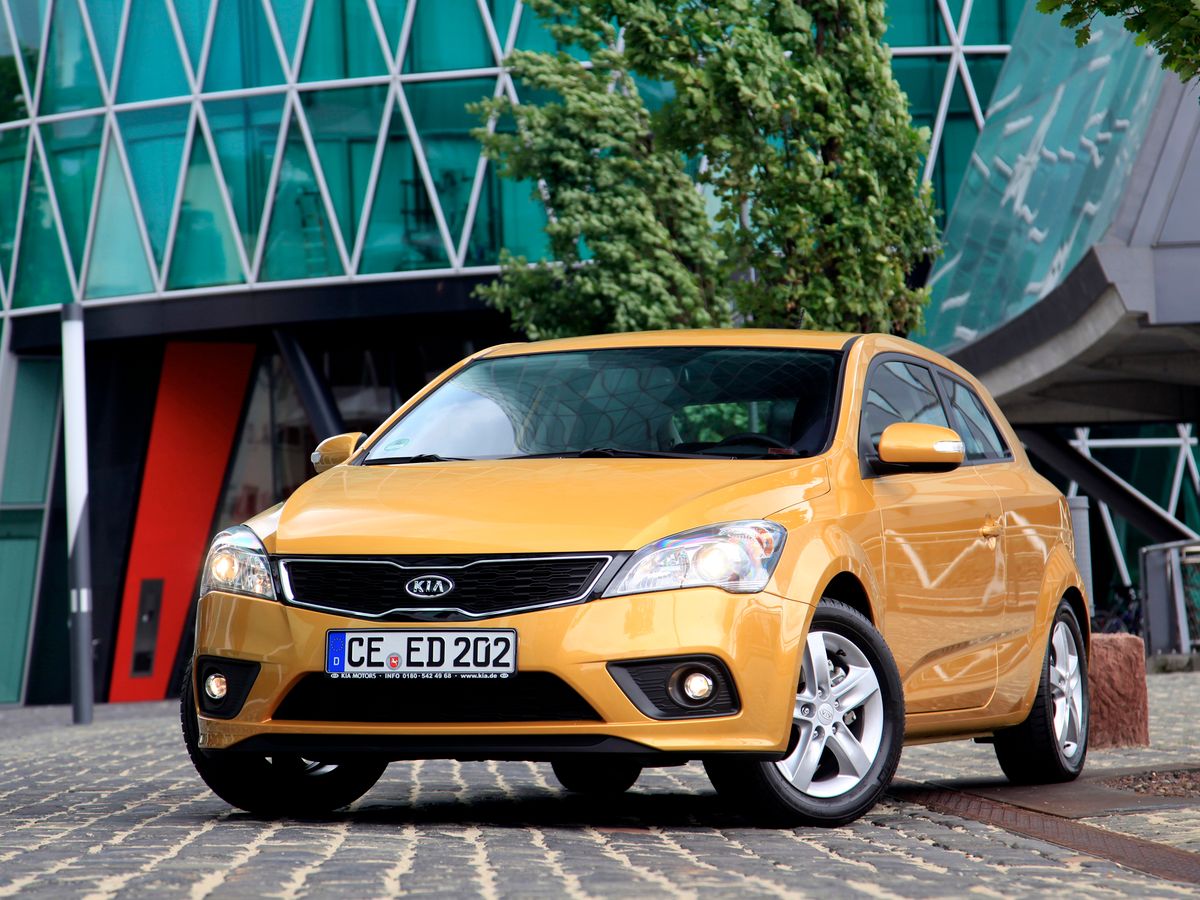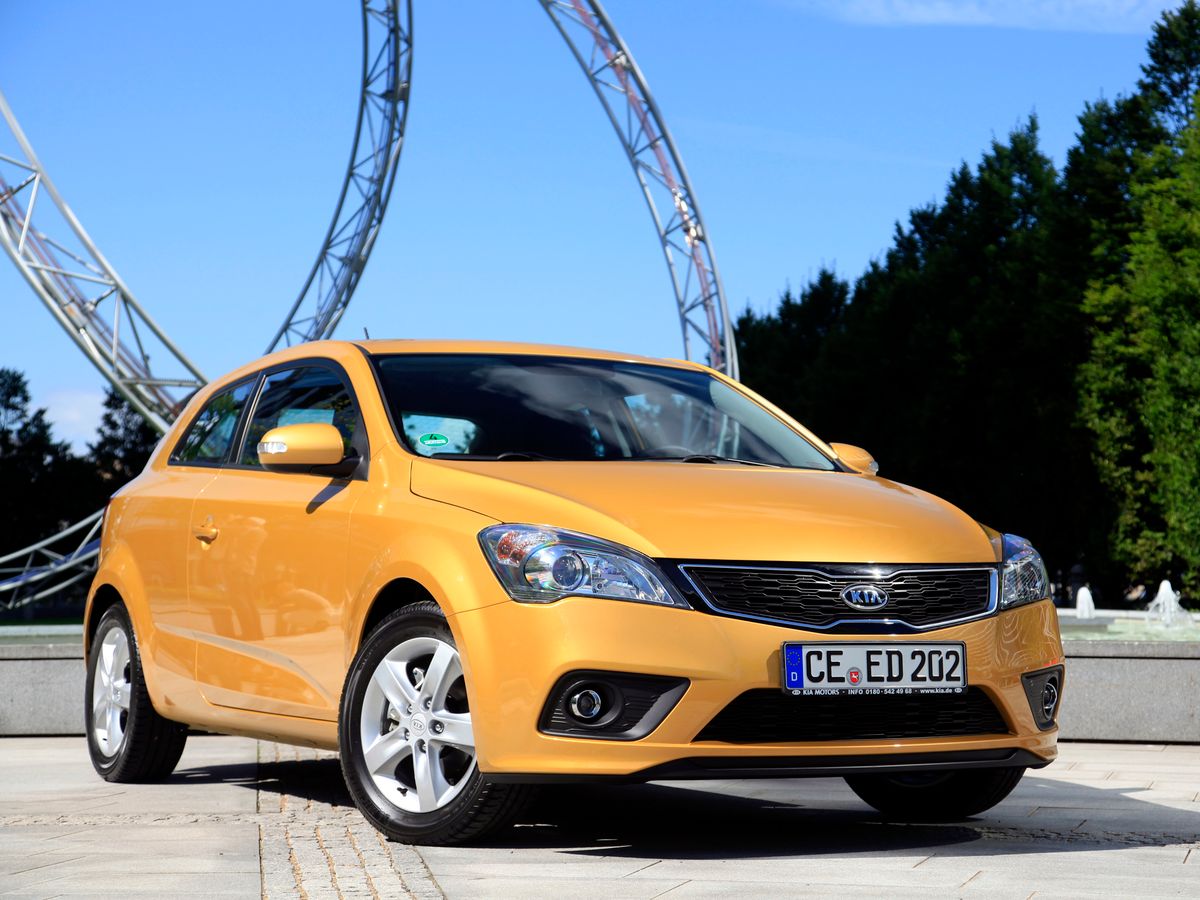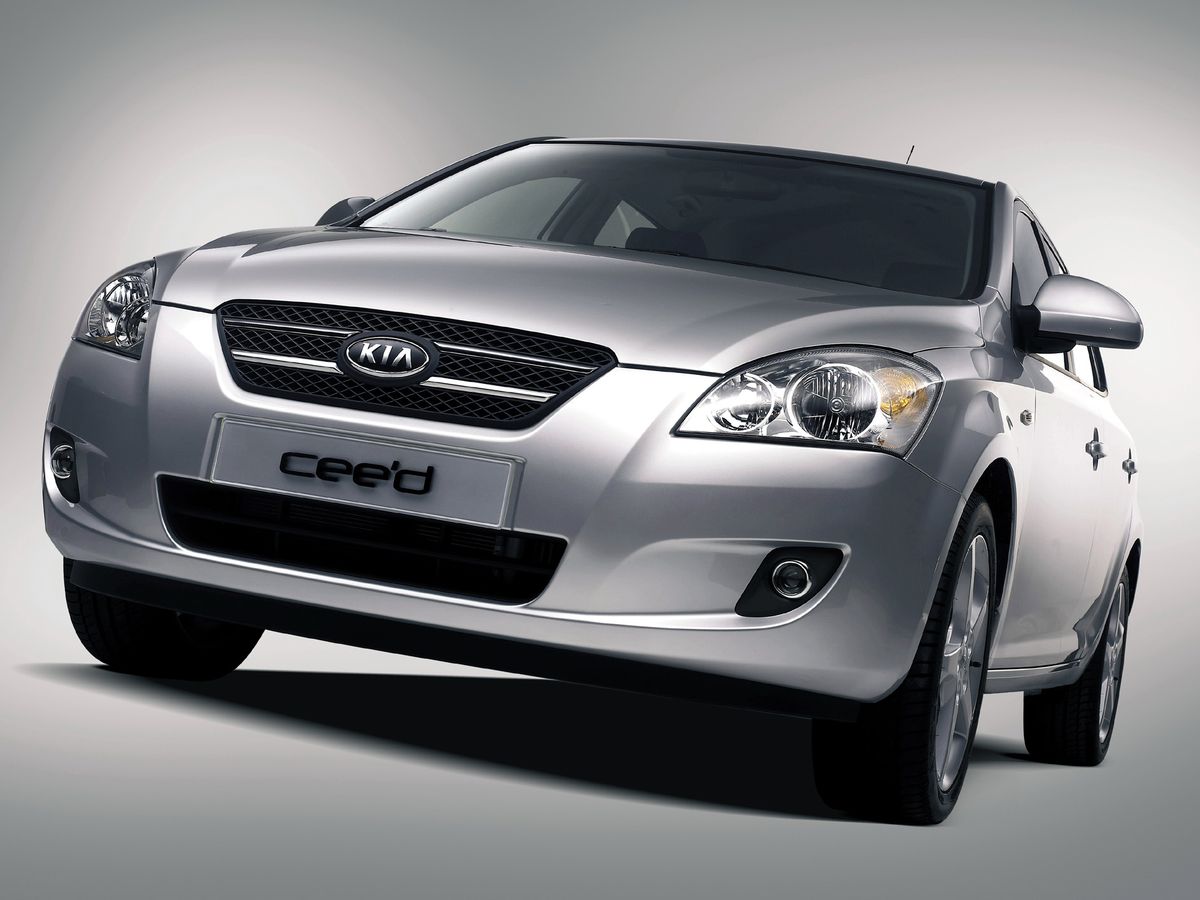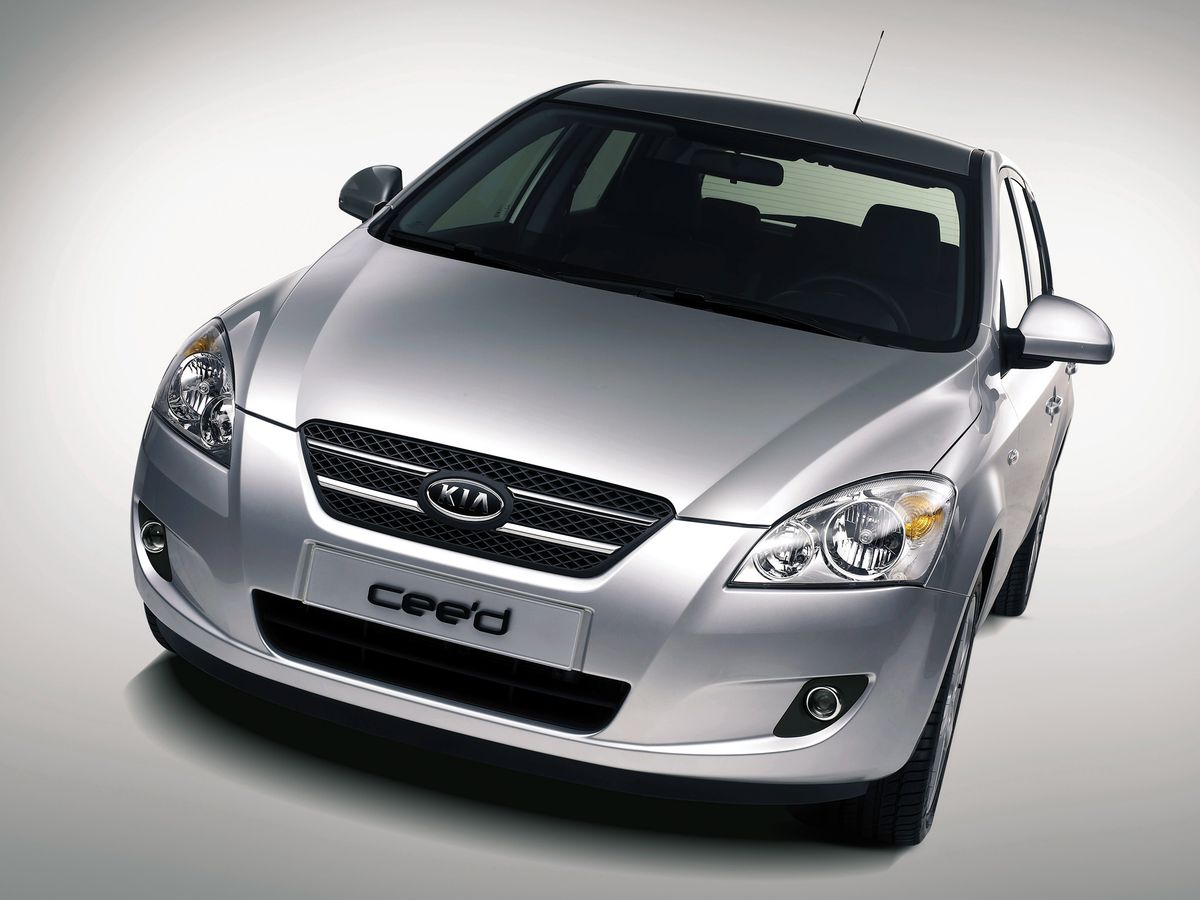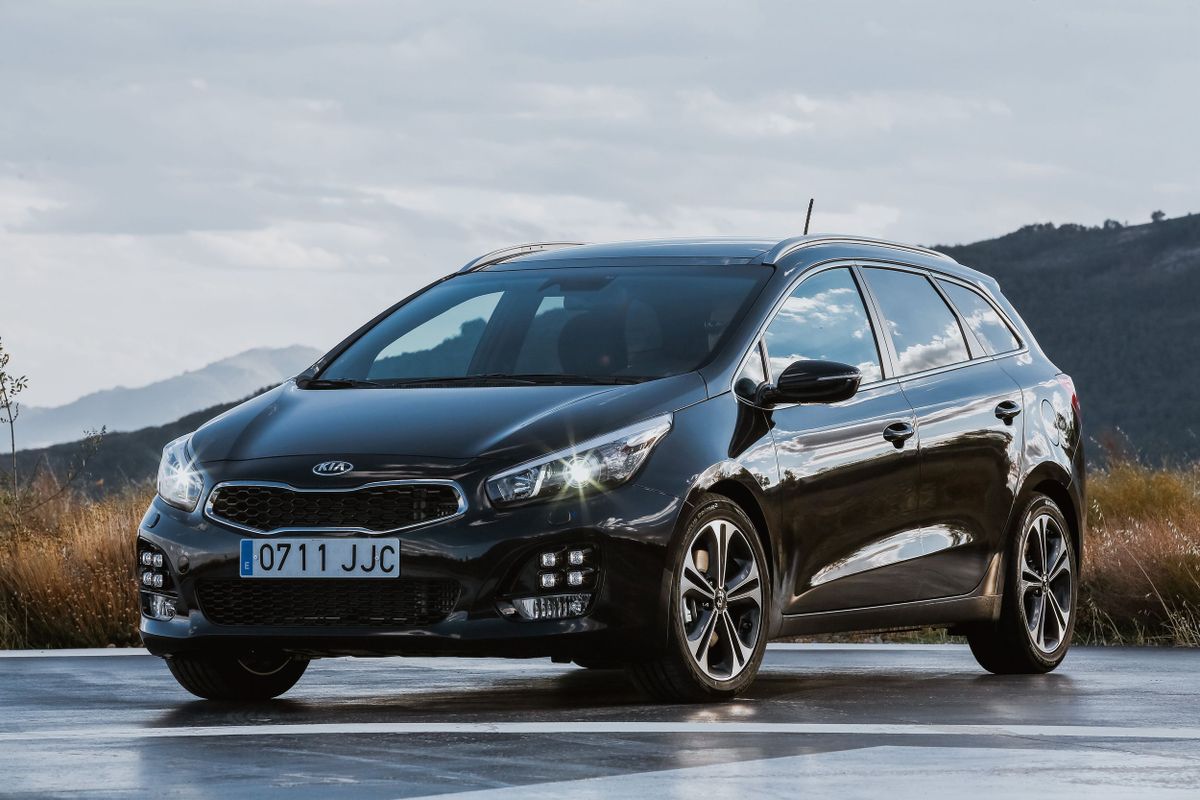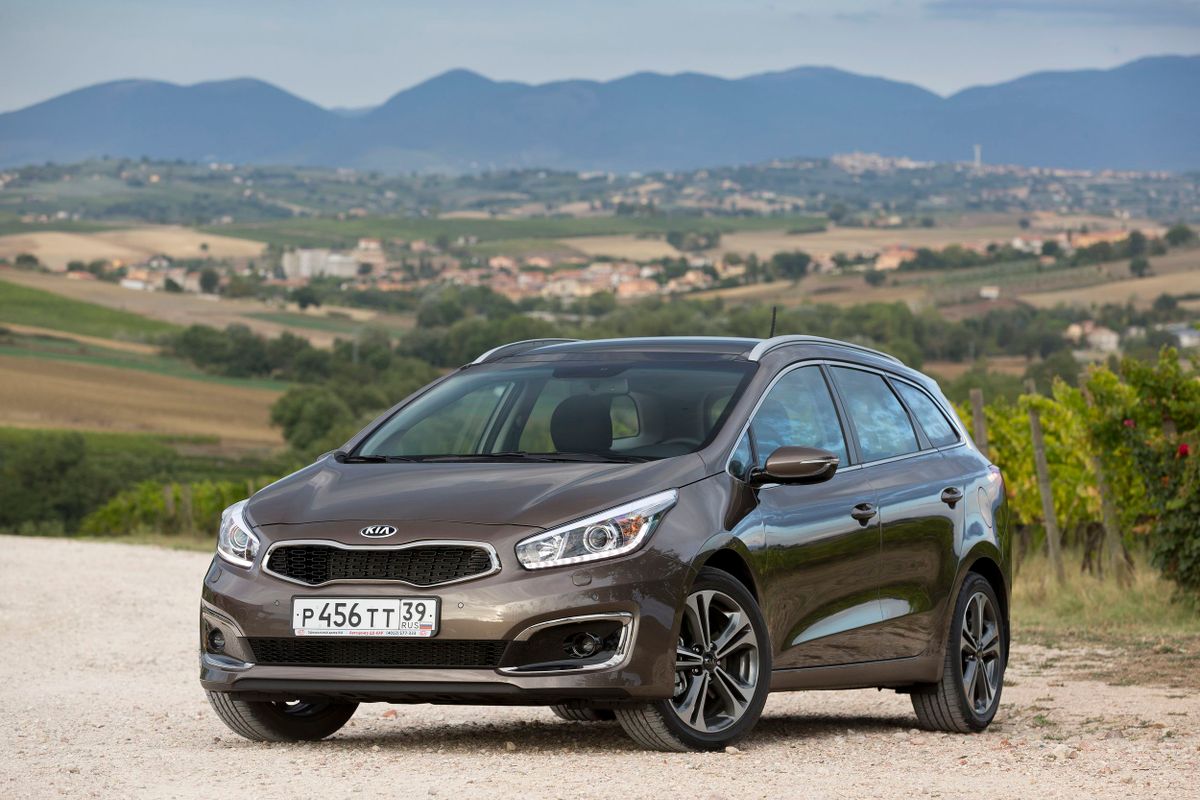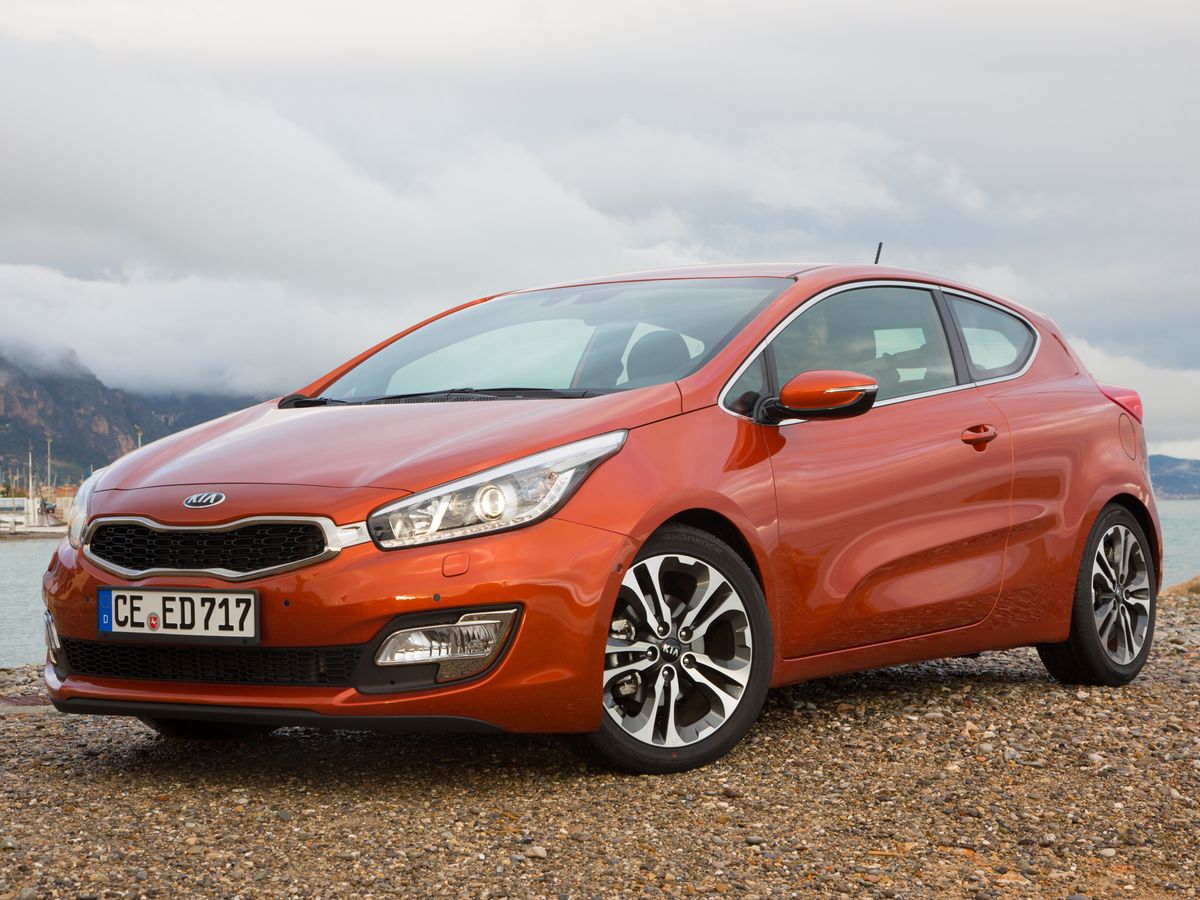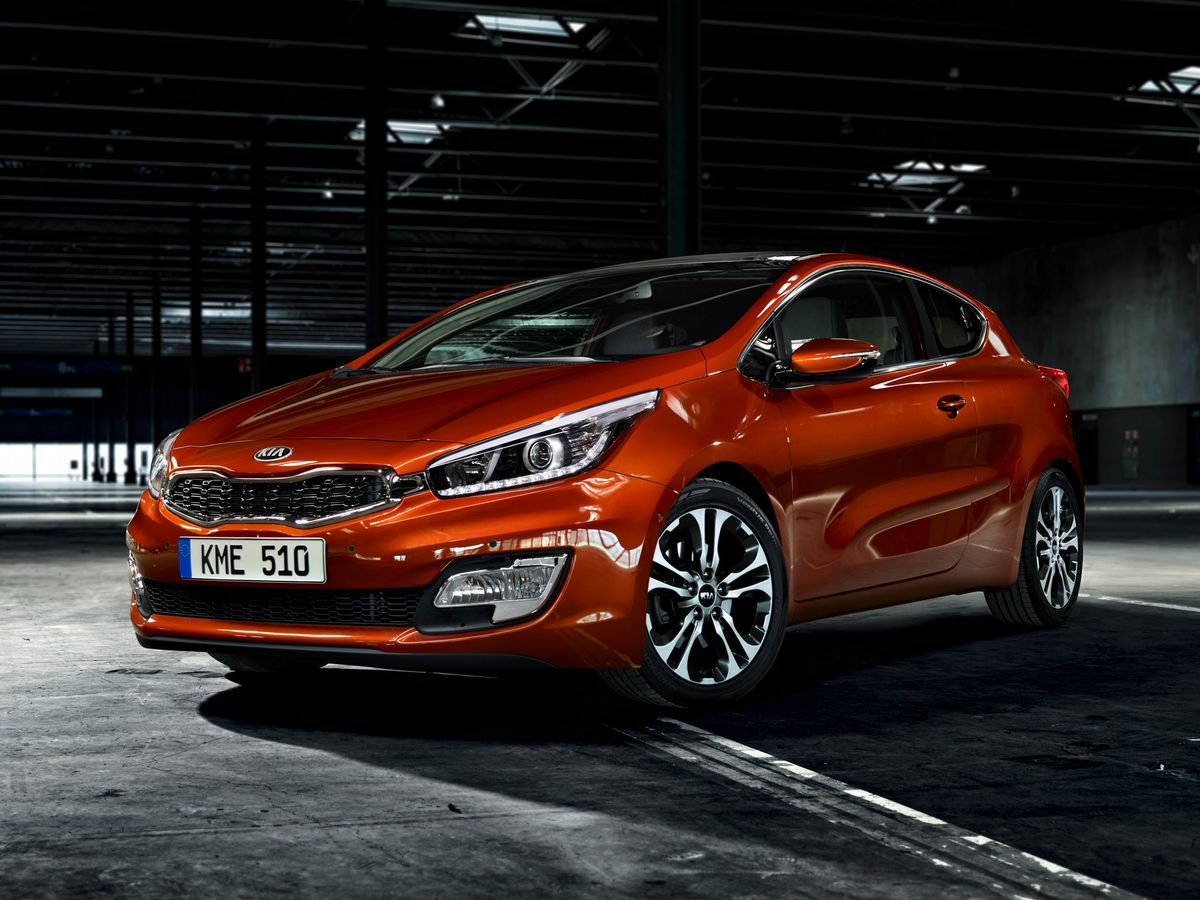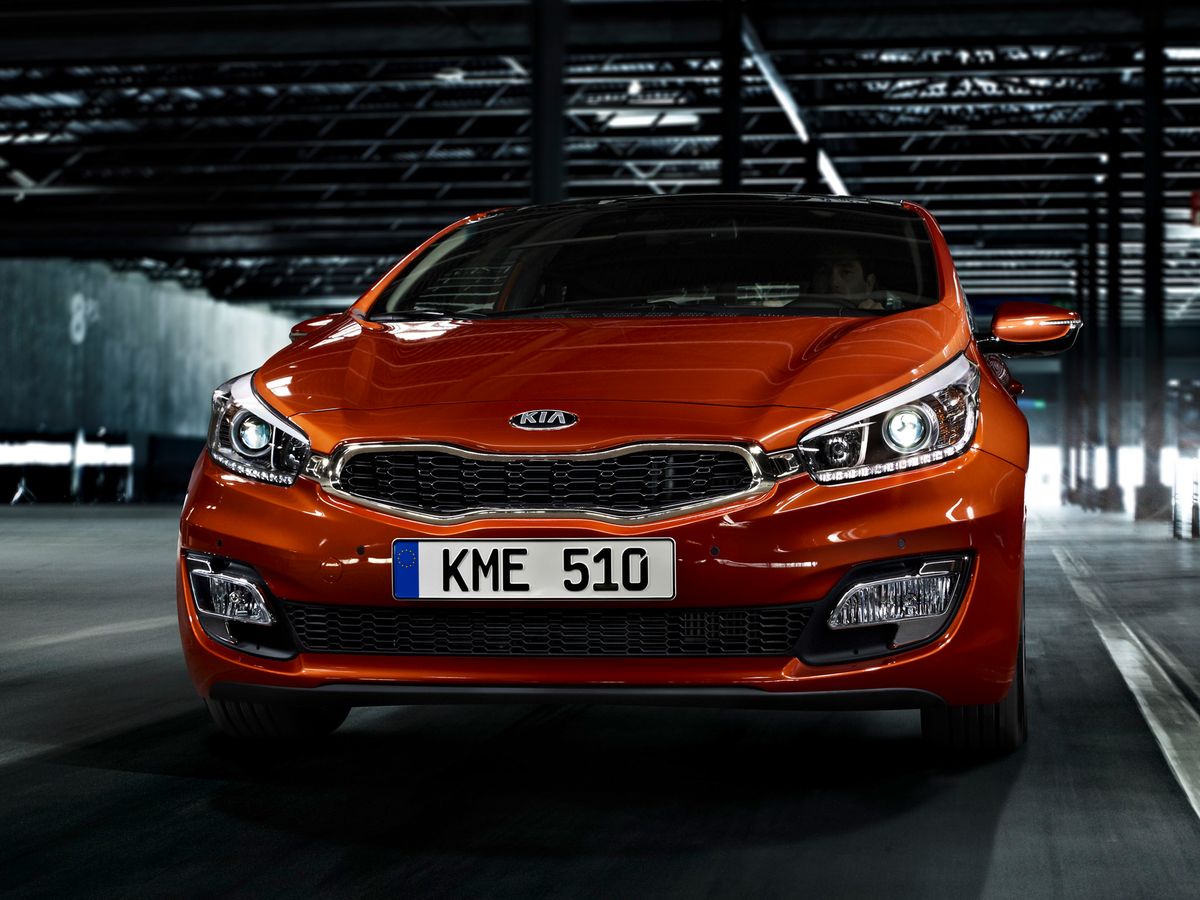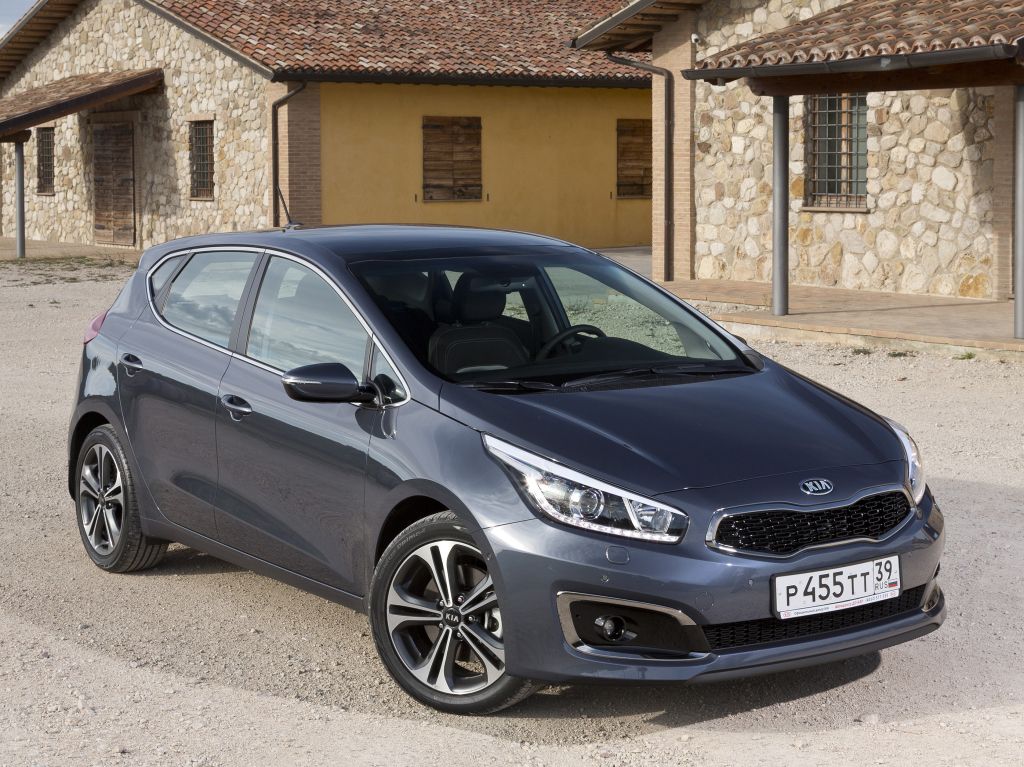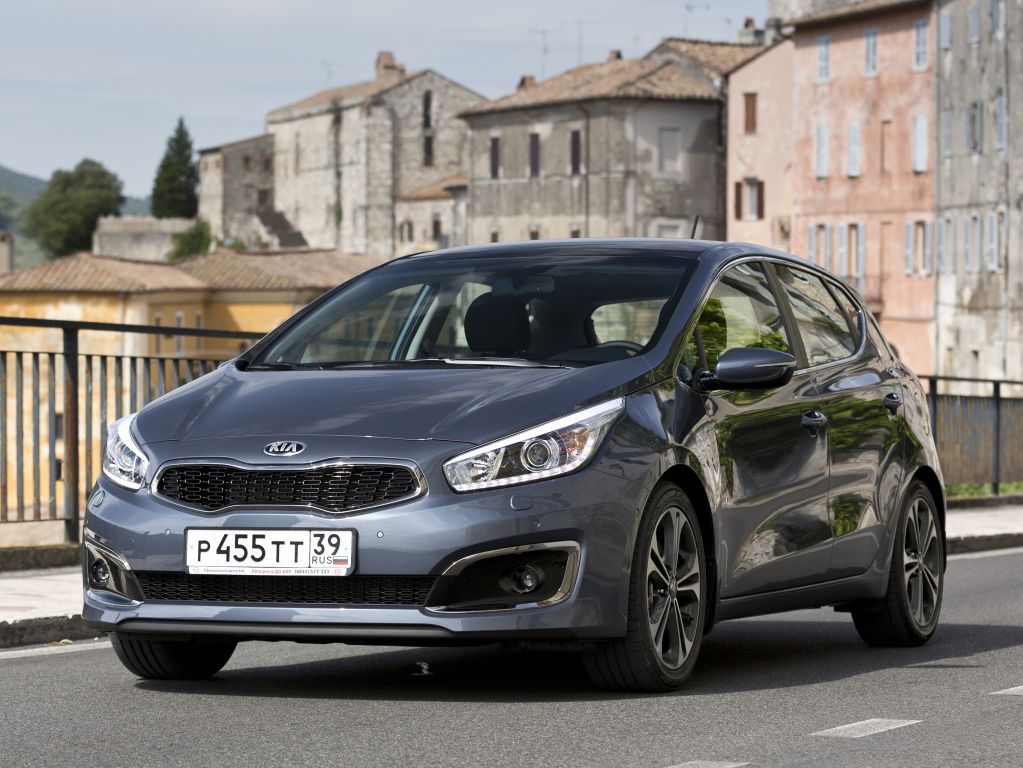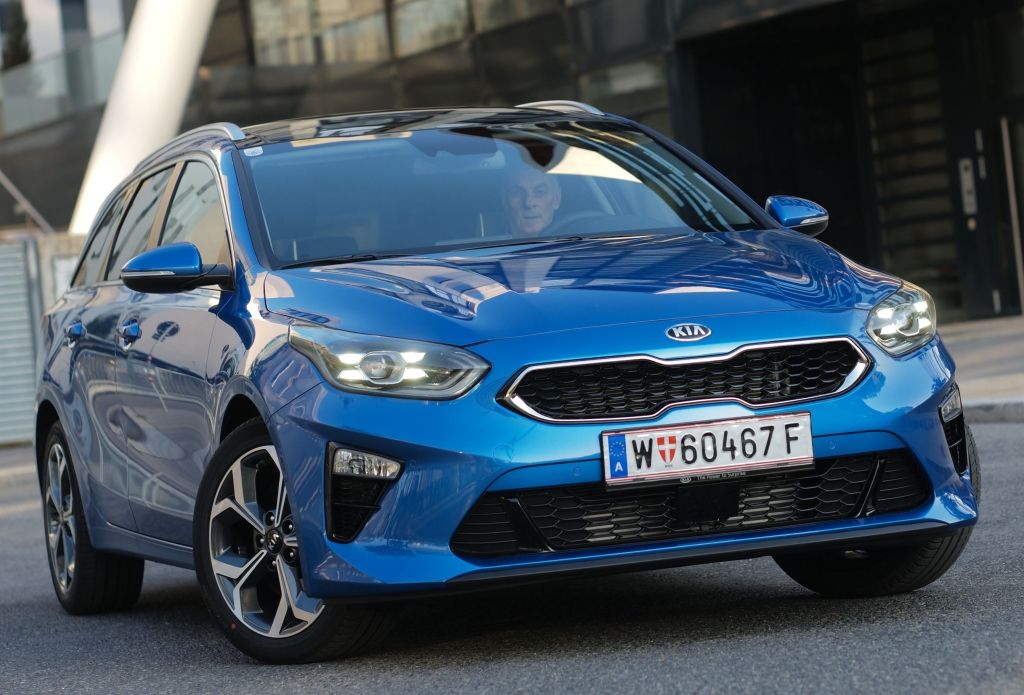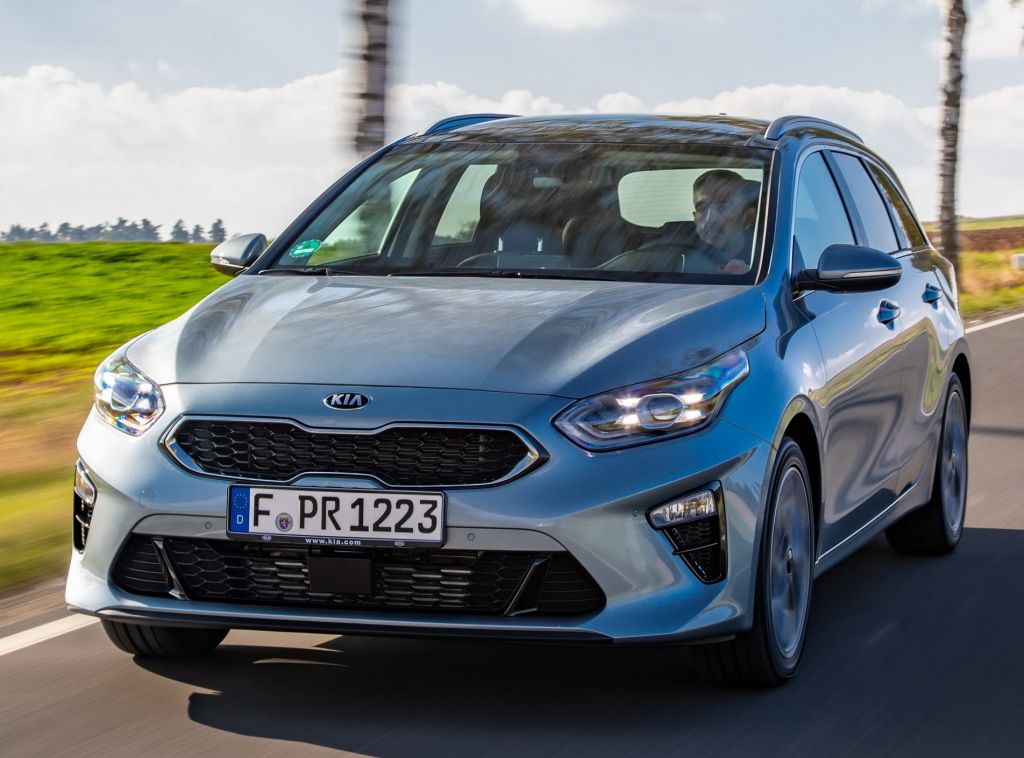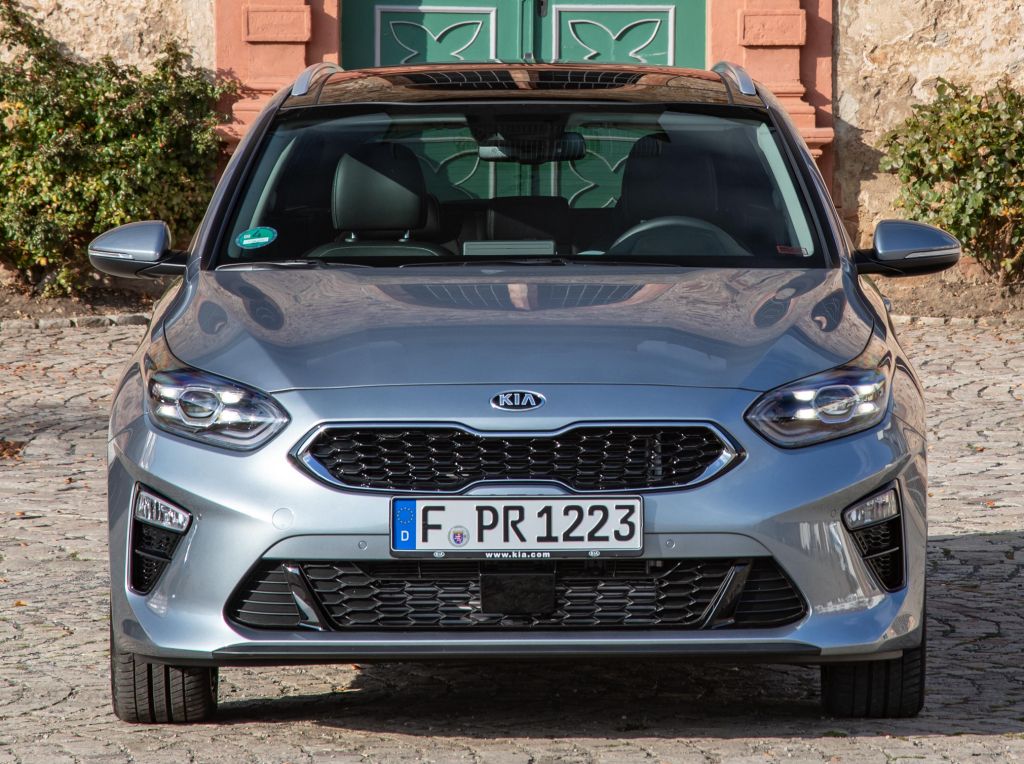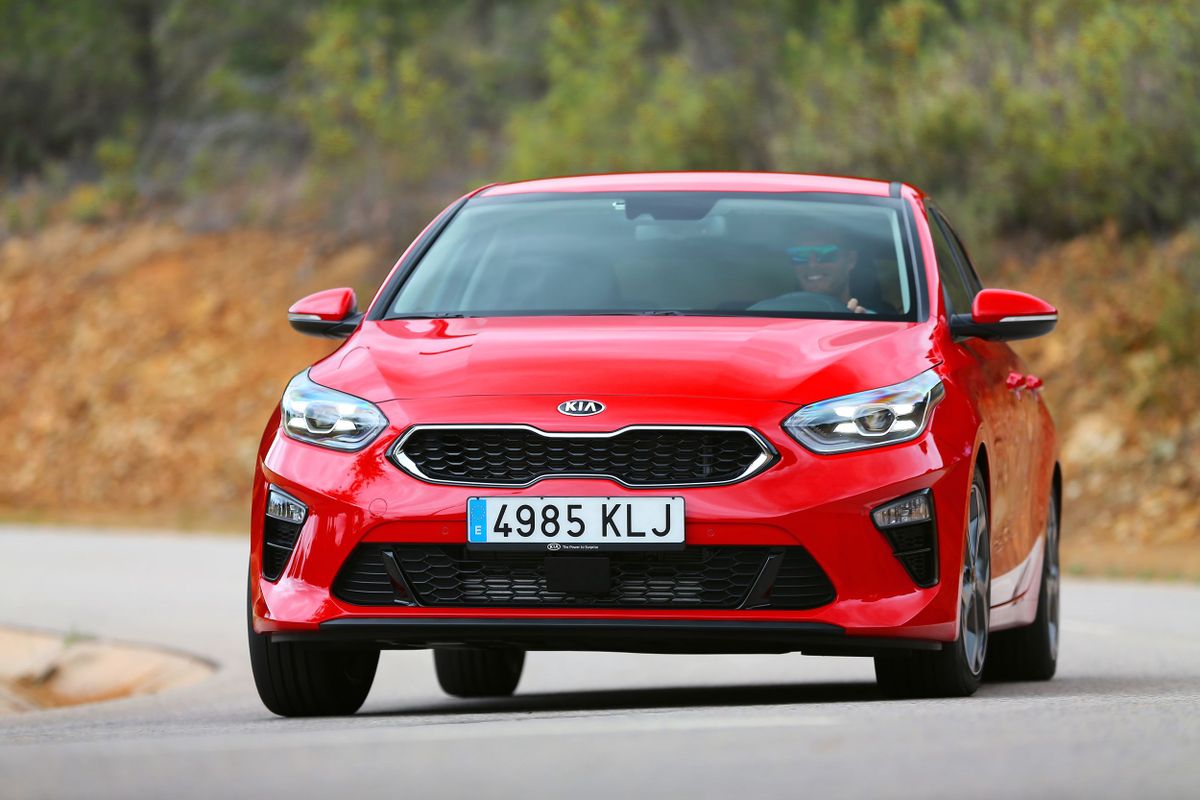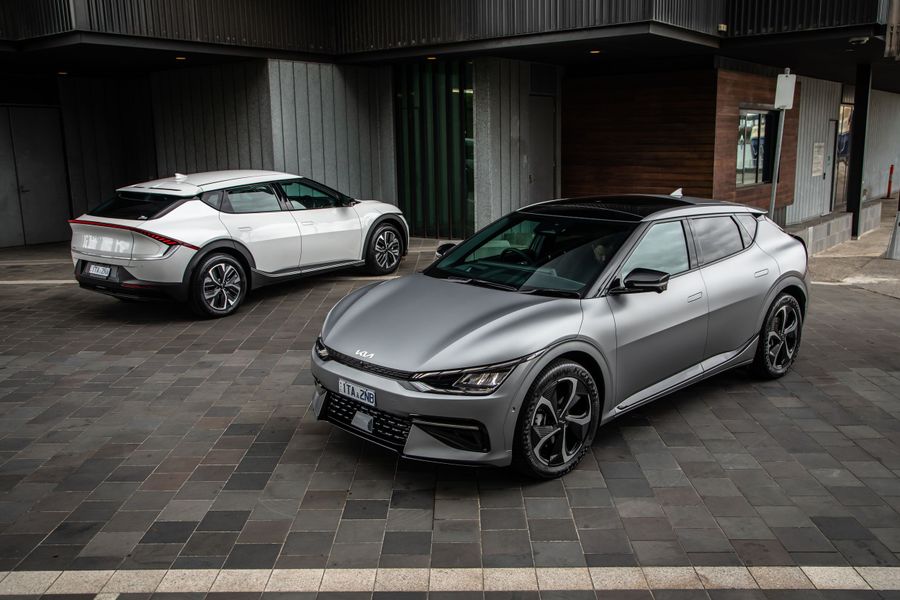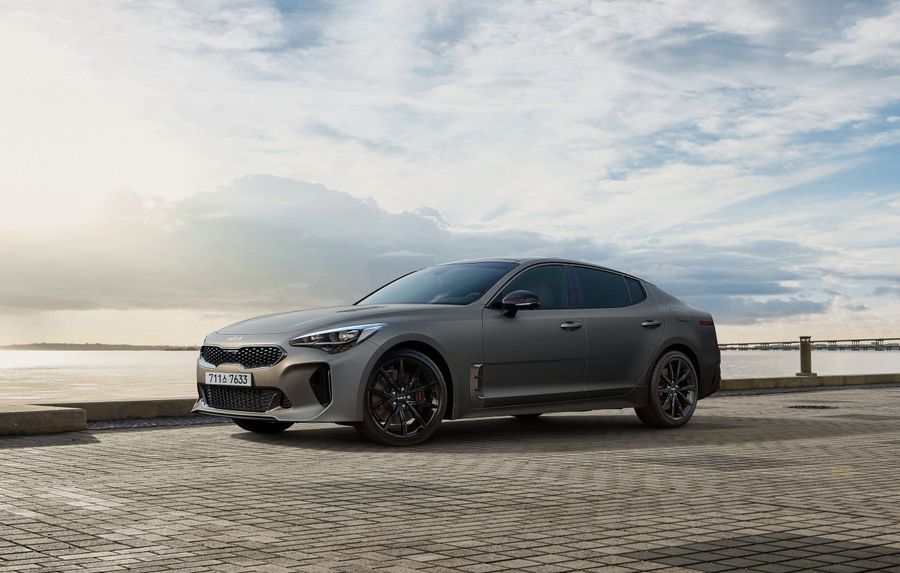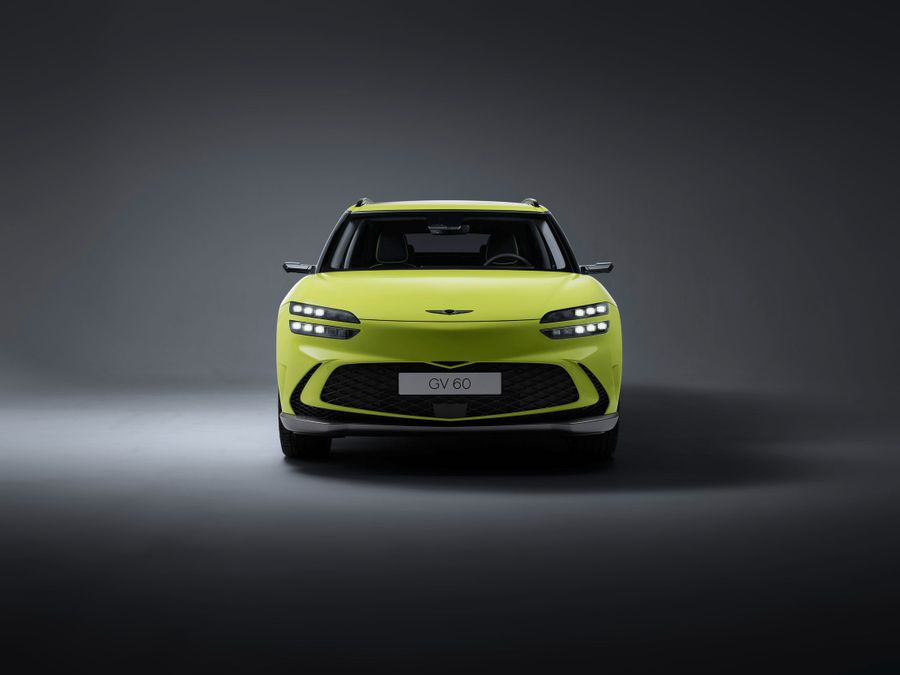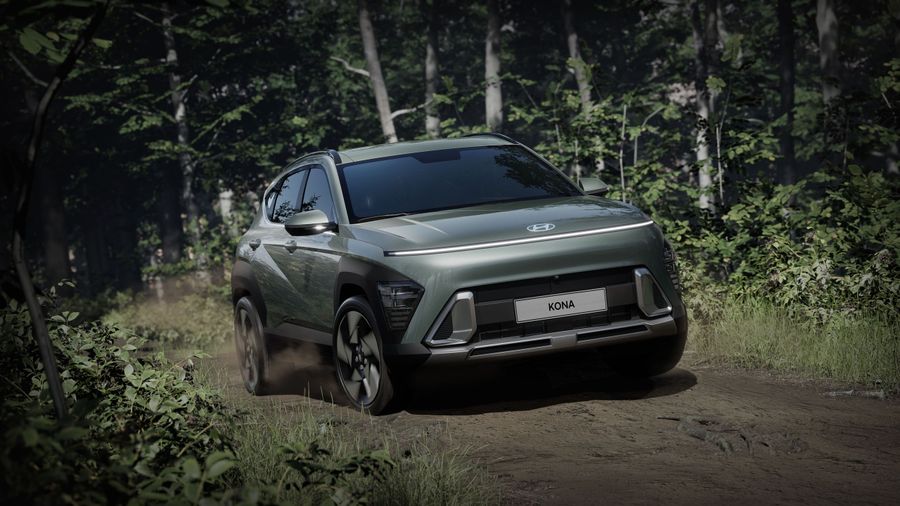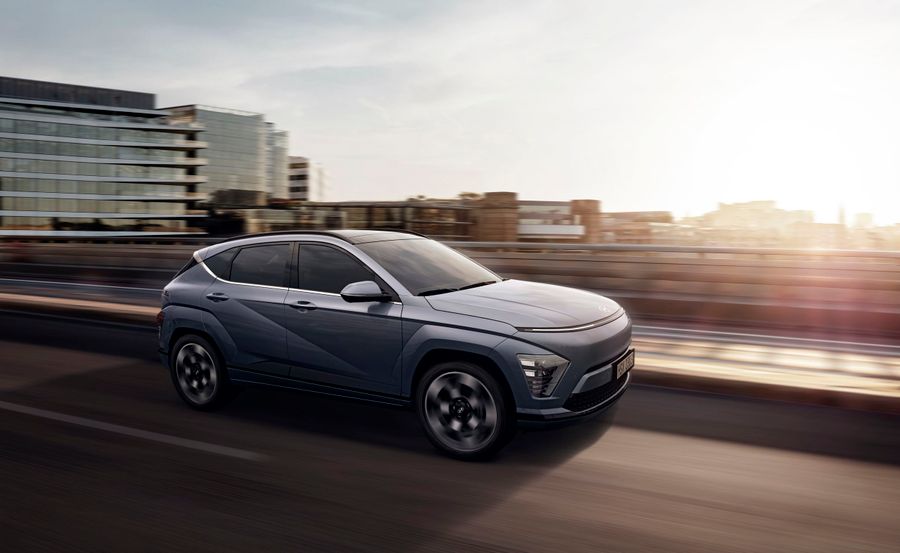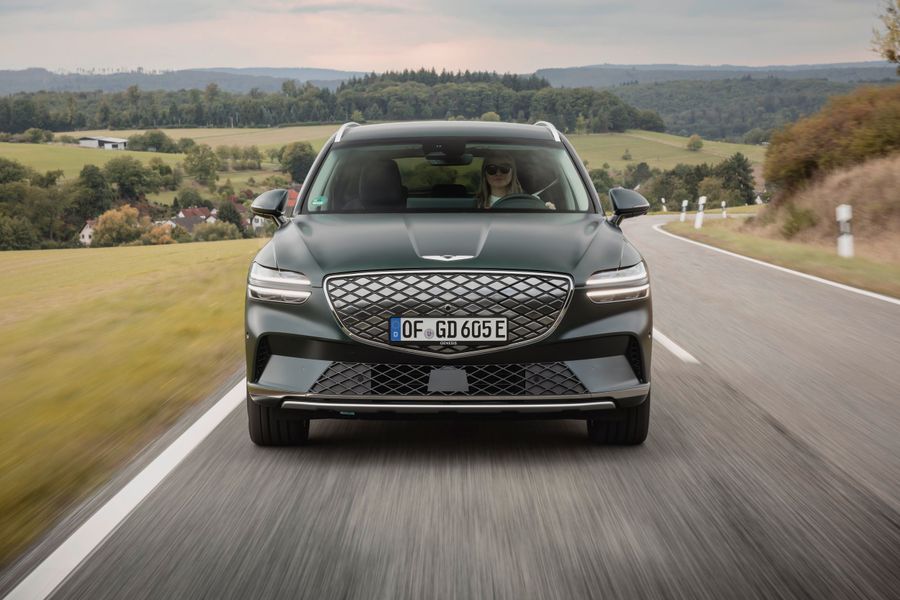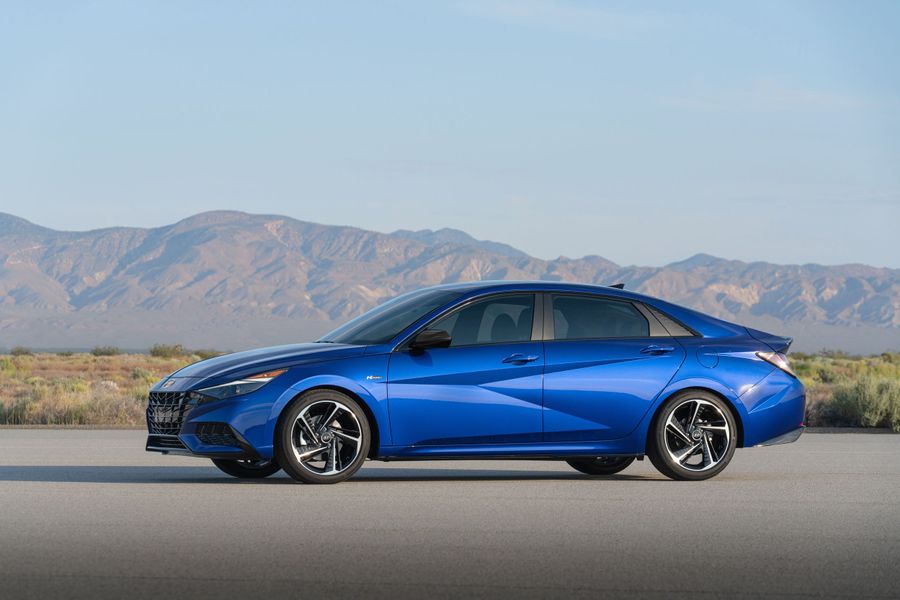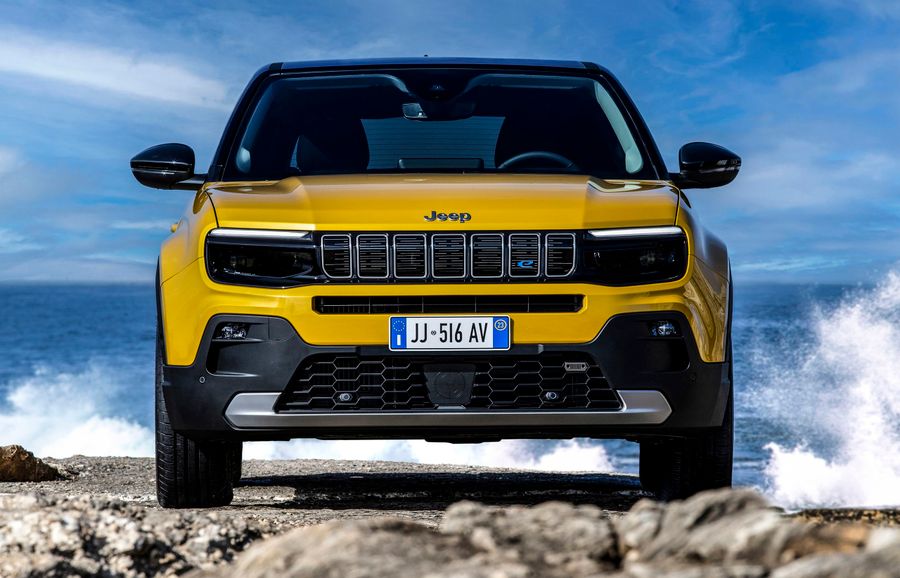
Kia Ceed. Innovative car
On July 14, 2021, the car was restyled.
The Kia Ceed is a compact front-wheel drive C-segment car produced by the South Korean automobile maker, Kia Motors Corporation, since 2006. The Ceed is one of the most popular Kia models. And this is the first car of this brand with a European design. The Kia Ceed was made specifically for Europe and was planned to be sold only in Europe. Therefore, the name ‘CEED’ stands for ‘CE’, meaning European Community or Community of Europe, and ‘ED’ stands for European Design.
The Kia Ceed is available as a 5-door hatchback and a 5-door station wagon. Previously, a 3-door hatchback was also available. In 2020, the third generation Kia Ceed 5-Door Estate and Kia Ceed 5-Door Hatchback, released in 2018, were introduced to the Israeli market.
The first generation
The first generation Kia Ceed was presented at the September 2006 Paris Motor Show and was produced until 2012, while its restyling took place in 2009. At the beginning, only a five-door hatchback was available. It was not until September 2007 that the Sporty Wagon or Ceed SW station wagon version of the Kia Ceed became available. And then the ‘sporty’ 3-door Pro Ceed hatchback appeared. All versions had different design details, but they all had the same dashboard.
In Europe, the Kia Ceed replaced the Kia Cerato hatchback. In the Kia model range, the CEED is between the Kia Rio and Kia Magentis (also called Optima). The design of the first Kia Ceed was developed by a German design firm and was named ED, meaning European Design. The first generation Kia Ceed was created on the Hyundai-Kia J4 platform. Keep in mind that one of the largest Korean car manufacturers, KIA, is part of the Hyundai Motor Group, the fourth largest automotive concern in the world. Therefore, the first Ceed shared the platform and the technical basis with the Hyundai i30, which appeared in July 2007. They had the same engines and gearboxes.
Kia Ceed was made specifically for Europe and planned to be sold only in Europe. Therefore, the name ‘CEED’ stands for ‘CE’, meaning European Community or Community of Europe, and ‘ED’ stands for European Design.
On December 7, 2006, the first production Kia Ceed rolled off the production line at the new Kia Motors Slovakia plant in Zilina (Slovakia), and on May 23, 2008, a total of 200,000 cars were already produced. The first generation Kia Ceed became the best-selling car in Finland and the Czech Republic, it was featured as a Budget Car Star in Top Gear, it won the Car of the Year award in many European countries, it became the Best Station Wagon and the Best Hatchback in Belgium and the Family Car of the Year in Sweden, plus it was one of the top 4 best selling golf class cars in Europe. According to the results of the European frontal crash tests, the first generation Kia Ceed received five stars out of five thanks to a special body structure that allowed it to absorb energy in seven directions.
In 2009, the first generation Ceed underwent restyling, which resulted in the new lighting equipment, a new radiator grille and an upgraded interior. The purpose of the restyling was to ‘fit’ Kia Ceed to the new corporate style of the company.
The second generation
The second generation Kia Ceed, released in early 2012, was produced until the end of 2018, plus it underwent restyling in 2015. And in 2013, a ‘charged’ version of the Pro Ceed GT 3-door model and the Ceed GT 5-door hatchback was released. Both of them had turbocharged engines and sporty design.
Built on the Hyundai-Kia J5 platform, the ‘second’ Kia Ceed became slightly longer, but at the same time a bit lower, narrower and lighter. Its interior was quite spacious, and even the sporty 2013 Pro Ceed was comfortable for passengers of any size. At the same time, the second generation Ceed was already equipped with modern electronics and auxiliary systems. Before the release of the Ceed, the Ford Focus 3 was the only golf class car that could boast of the SPAS system, which automatically parked the car.
Another exclusive SmartKey system literally brought the second Ceed to life. As the driver who had a ‘smart’ key in their pocket approached, the second Ceed straightened the mirrors, illuminated the door handles, lighted the parking lights and the interior, greeting its owner. The second generation Kia Ceed could also ‘say goodbye’ to its owner in an original way by lighting up the bright animation on the Supervision panel and sending a pleasant sound message. There was also another unusual function, steering effort adjustment. The 2012 Kia Ceed 2012 allowed you to choose the optimal driving mode around the city or on the highway: ‘comfort’ for traffic jams or narrow streets, ‘normal’ - for slow driving on suburban highways, and ‘sport’ - for a more sportive driving and sharp control.
The exclusive SmartKey system literally brought the second Ceed to life. As the driver who had a ‘smart’ key in their pocket approached, the second Ceed straightened the mirrors, illuminated the door handles, lighted the parking lights and the interior, greeting its owner.
After the restyling in 2015, the Kia Ceed boasted a new appearance, better interior materials and improved noise insulation. However, it was the technical characteristics of the entire upgraded Ceed family that underwent significant changes. The cars were equipped with a new three-cylinder petrol engine, a semi-automatic transmission and an improved suspension to protect the interior from vibration and noise.
The third generation
The third generation Kia Ceed appeared in 2018. This is the very model that was available on the Israeli market in 2020. With the change of generations, the ‘third’ Kia Ceed was not only given the simplified name ‘CEED’ instead of the previous ‘cee’d’, but also lost its three-door versions.
The new Ceed has moved to the lighter and stronger K2 platform. The geometry of the suspension of the new Kia Ceed is completely different now, and the steering demonstrates greater sharpness, plus there are a lot of new electronic helpers and assistants, which allows the new vehicle to enjoy the second-level autonomy. The 2018 ‘third’ Ceed retained the body length and wheelbase dimensions identical to the preceding 2nd generation Kia Cee’d, but at the same time the body of the new car became 20 mm wider and 23 mm lower.
The new generation Ceed was again developed by specialists from the European center of Kia in Frankfurt. Manufacturers assure that the new Kia Ceed will become one of the most innovative vehicles of its class.

